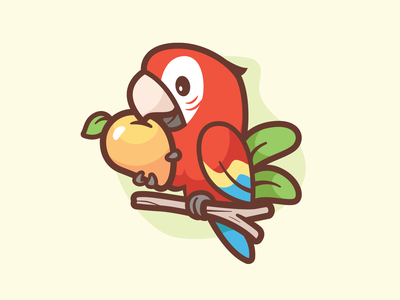vue bind
vue的固定作用域:在methds里,vue使this指向始终指向了vue实例。
思路:
- 1.判断是否支持bind
- 2.兼容写法里传入函数fn和对象ctx
- 3.返回一个新函数,调用函数时使用call方法直接绑定函数作用域为ctx(为什么要返回一个新函数?bind不是立即执行的,需要调用才能执行)
1
2
3
4
5
6
7
8
9
10
11
12
13
14
15
16
17
18
19
20
21
22
|
function polyfillBind(fn, ctx) {
function boundFn(a) {
var l = arguments.length
return l ?
(
l > 1 ?
fn.apply(ctx, arguments) : fn.call(ctx, a)
) : fn.call(ctx)
}
boundFn._length = fn.length
return boundFn
}
function nativeBind(fn, ctx) {
return fn.bind(fn, ctx)
}
var bind = Funtion.prototype.bind ? nativeBind : polyfillBind
|
思路:
- 保存一份原函数
- 拷贝原函数原型给新函数原型
- 返回新函数
- 4.判断是否是新函数的实例
- 5.绑定this,执行结果
手写bind
bind的手写实现:
1
2
3
4
5
6
7
8
9
10
11
12
13
14
15
| Function.prototype.mybind = function (oThis) {
const thisFn = this
let args = Array.prototype.slice.call(arguments, 1)
function boundFn () {
const ctx = this instanceof boundFn ? this : Object(oThis)
return thisFn.call(ctx, args.concat(Array.prototype.slice.call(arguments)))
}
boundFn.prototype = Object.create(thisFn.prototype)
return boundFn
}
|
函数柯里化
再来理解一遍:把接受多个参数的函数变换成接受一个单一参数的函数,并且返回接受余下参数而且返回结果的新函数的技术
1
2
3
| function add (x, y) {
return x + y
}
|
1
2
3
4
5
| function addc (x) {
return function (y) {
return x + y
}
}
|
就是说只让函数每次接收一个参数,余下的参数由返回的新函数去接收.
在很多情况下,我们都不会一次只传递一个参数,于是有了通用curry:
- 定长参数:
1
2
3
4
5
6
7
8
9
10
11
12
13
14
15
16
17
| function curry(fn) {
let len = fn.length;
let preArgs = Array.prototype.slice.call(arguments, 1);
return function () {
const restArgs = Array.prototype.slice.call(arguments)
const args = [...restArgs, ...preArgs]
if (args.length >= len) {
return fn.apply(this, args);
} else {
return curry.call(null, fn, ...args);
}
}
}
|
- 不定长参数
1
2
3
4
5
6
7
8
9
10
11
12
13
14
15
16
17
18
19
20
21
| function curry(fn) {
let preArgs = [].slice.call(arguments, 1);
function curried () {
let restArgs = [].slice.call(arguments)
let args = [...preArgs, ...restArgs]
return curry.call(null, fn, ...args)
}
curried.toString = function () {
return fn.apply(null, preArgs)
}
return curried;
}
function dynamicAdd() {
return [...arguments].reduce((pre, cur) => {
return pre + cur
}, 0)
}
var add = curry(dynamicAdd)
add(1)(2)(3)(4)
add(1,2)(3,4)(5,6)
|






